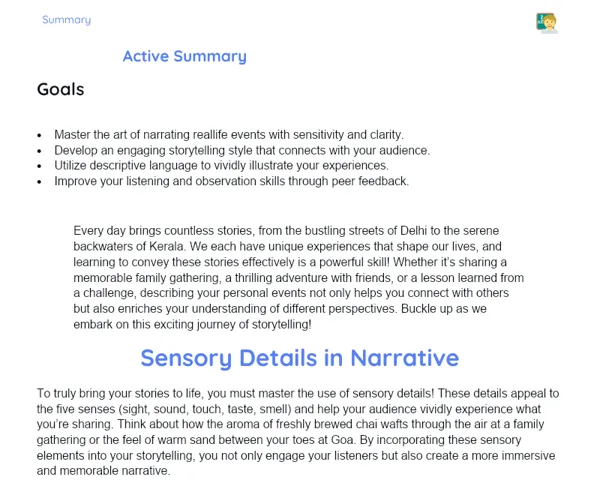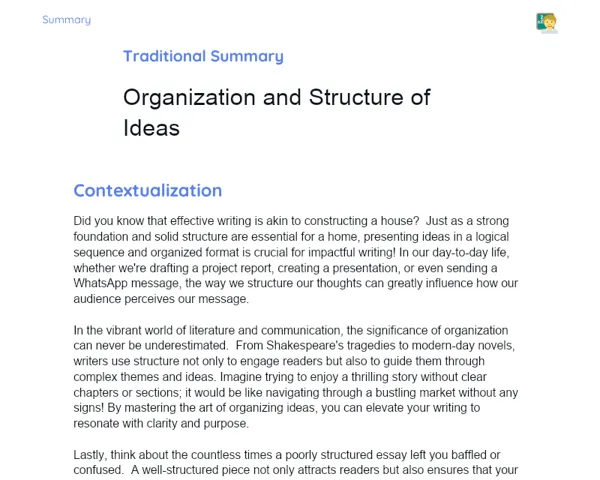Goals
1. Learn about the elements of advertising language in English.
2. Recognize argumentative components in English texts and ads.
Contextualization
Advertising surrounds us in every aspect of our lives, from TV commercials to social media campaigns. Grasping the elements of advertising and argumentation in English is vital, not just for interpreting these messages but also for crafting effective campaigns that can influence and persuade the audience. For instance, when examining an ad for a tech gadget, we can spot the use of compelling words, eye-catching visuals, and supporting evidence that highlights the product's quality. This understanding helps us see how companies engage with consumers and how we might utilize these strategies in actual market scenarios.
Subject Relevance
To Remember!
Elements of Advertising Language
The elements of advertising language are the foundational tools employed to craft impactful messages. These components encompass persuasive words, vibrant images, color schemes, typography, and layout, all aimed at seizing the audience's attention while delivering the message in a clear and convincing manner.
-
Persuasive Words: Selecting terms that sway and convince the audience.
-
Vibrant Images: Incorporating pictures, graphics, and illustrations that draw interest.
-
Color Schemes: Choosing colors that elicit emotional responses and reinforce the main message.
-
Typography: Picking fonts and sizes that enhance readability and emphasize the core message.
-
Layout: Strategically arranging components to optimize impact and clarity.
Argumentation Strategies
Argumentation strategies are methods used to persuade the intended audience towards a particular viewpoint or action. These include presenting logical arguments, emotional appeals, and bolstering claims with evidence and real-life examples.
-
Logical Arguments: Providing coherent and rational reasons to back a claim.
-
Emotional Appeal: Employing narratives, visuals, and language that stir emotions to sway the audience.
-
Evidence and Examples: Offering tangible proof and detailed examples that support the claims made.
Critical Analysis of Advertisements
Critically analyzing advertisements involves a thorough examination of the elements and tactics utilized in ads to assess their effectiveness and impact. This process enables us to identify persuasive techniques and contemplate the ethics and honesty of advertising messages.
-
Identification of Techniques: Recognizing the methods of persuasion employed.
-
Effectiveness Evaluation: Reviewing how well these techniques reach the desired audience.
-
Ethical Reflection: Reflecting on the moral implications and authenticity of the advertising messages.
Practical Applications
-
Scrutinize an advertising campaign from a major technology firm to pinpoint the elements of advertising and argumentation used.
-
Create an advertisement in English for a fictional product, applying the strategies discussed in class.
-
Conduct a case study on a successful marketing campaign, examining how the components of advertising and argumentation contributed to its triumph.
Key Terms
-
Advertising: The process of designing and circulating ads to promote products, services, or ideas.
-
Argumentation: The act of presenting reasons to support or dismiss a claim.
-
Persuasion: The endeavor of convincing someone to accept a belief or take action.
-
Ethics in Advertising: The moral guidelines and standards that govern the creation and spreading of advertisements.
Questions for Reflections
-
In what ways do advertising and argumentation elements affect your buying choices?
-
What ethical dilemmas do advertisers encounter while designing campaigns?
-
How can advertising techniques be used to serve a good purpose versus manipulating the audience?
Critical Analysis of Advertisements
Conduct a critical analysis of an advertisement in English, pinpointing the advertising elements and argumentation strategies used.
Instructions
-
Select an advertisement in English (it can be print, digital, or video).
-
Identify and note the advertising elements featured in the ad (persuasive words, appealing images, color choices, typography, layout).
-
Discern the argumentation strategies applied (logical arguments, emotional appeal, supporting evidence, and examples).
-
Compose a paragraph analyzing the ad's effectiveness, justifying your views based on the identified elements and strategies.
-
Contemplate the ethics of the ad: is it straightforward and honest, or does it aim to manipulate the audience in any fashion?


